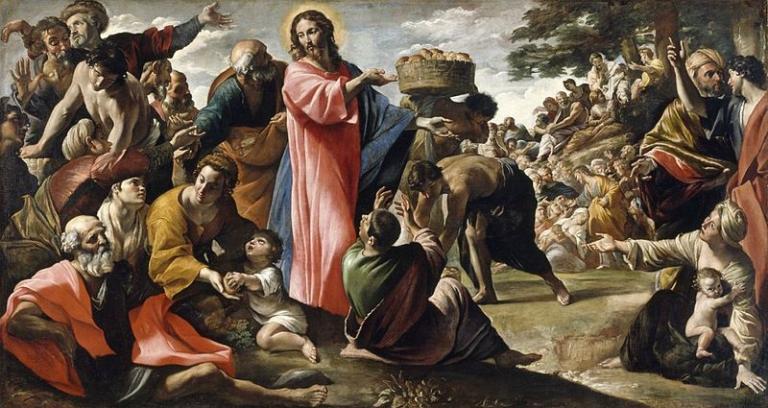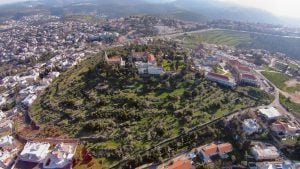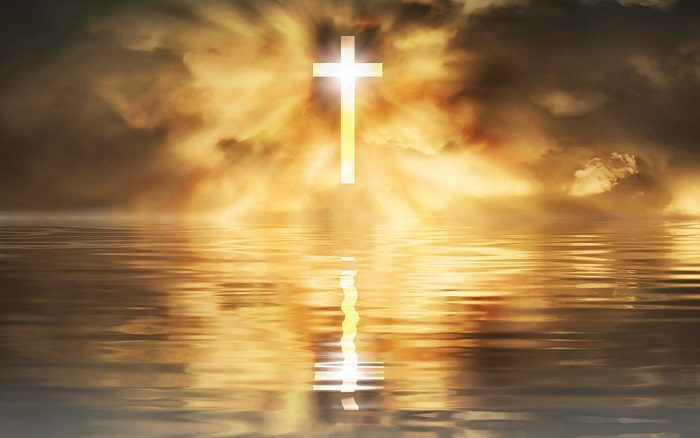
A mosaic discovered in the remains of an ancient church in Israel may depict Jesus’ miracle of the loaves and fishes and also point to the location where the miracle originally took place.
The mosaic which was uncovered at the “Burnt Church” at Hippos in northern Israel includes inscriptions and depictions of baskets containing loaves and fishes.
It seems that the ash from the fire served as a shield to protect the mosaic. This helped preserve the bright colors and design.
“The fire caused the church mosaic floor to be conserved in an amazing way, since the roof was burnt down and collapsed on the floor of the church and covered it in a layer of ash, thus protecting it from being damaged over time,” said the University of Haifa in a statement. “Now, as the researchers have returned to expose it, they have found a magnificent mosaic, which was excellently preserved.”
The university is involved in the excavation.
The miracle is mentioned in all four gospels. Matthew 14:13-21 says, “Taking the five loaves and the two fish and looking up to heaven, he [Jesus] gave thanks and broke the loaves. Then he gave them to the disciples, and the disciples gave them to the people. They all ate and were satisfied, and the disciples picked up twelve basketfuls of broken pieces that were left over. The number of those who ate was about five thousand men, besides women and children.”
One of the big reasons researchers believe there is a connection is because of the references to the New Testament depicted in the mosaic.
“There can certainly be different explanations to the descriptions of loaves and fish in the mosaic, but you cannot ignore the similarity to the description in the New Testament: for example, from the fact that the New Testament has a description of five loaves in a basket or the two fish depicted in the apse [of the church], as we find in the mosaic”, said Michael Eisenberg, Ph.D., head of the Haifa University excavation team, in a statement. “In addition, the mosaic at the burnt church has a depiction of 12 baskets, and the New Testament also describes the disciples who, at the end of the miracle, were left with 12 baskets of bread and fish.”
There are also some differences between the mosaic and the New Testament miracle like the baskets in the mosaic which include fruit. There are also places in the mosaic where there are three fishes instead of two.
The new discovery may suggest that the miracle took place closer to this new location.
“Nowadays, we tend to regard the Church of the Multiplication in Tabgha on the northwest of the Sea of Galilee as the location of the miracle, but with careful reading of the New Testament, it is evident that it might have taken place north of Hippos within the city’s region,” Eisenberg said.
“The fish themselves have a number of additional symbolical meaning in the Christian world,” Eisenberg said. “There can certainly be different explanations to the descriptions of loaves and fish in the mosaic, but you cannot ignore the similarity to the description in the New Testament.”


